Chiller Maintenance Tips for Laser Cooling Systems
Chiller Maintenance Tips for Laser Cooling Systems
Maintaining a laser cooling system is basic to guarantee optimal performance, reliability, and longevity of the equipment. Appropriate support makes a difference prevent breakdowns, minimize downtime, and preserve the quality of laser output. Here are a few chiller support tips particularly tailored for laser cooling systems:
Regular Inspection:
Conduct schedule visual inspections of the chiller system to check for any signs of leaks, corrosion, or damage to components such as hoses, fittings, valves, and the refrigeration unit. Address any issues promptly to prevent further damage or malfunction.
Cleanliness:
Keep the chiller and its environment clean and free from clean, soil, and debris. Utilize compressed air or a vacuum cleaner with a brush connection to evacuate clean buildup from the outside surfaces, balances, and vents of the chiller to guarantee proper airflow and heat dissipation.
Filter Maintenance:
In case the chiller is prepared with air filters, check and clean or replace them routinely agreeing to the manufacturer’s recommendations. Clogged or dirty filters can confine airflow, decrease cooling effectiveness, and lead to overheating of the system.
Water Quality:
Screen the quality of the water circulating within the chiller system. Utilize clean, filtered water or an suitable coolant arrangement prescribed by the producer to avoid scale buildup, corrosion, and microbial growth within the cooling system. Periodically test the water quality and alter as necessary.
Water Level:
Check the water level within the chiller’s store or cooling tower frequently and guarantee that it remains inside the suggested operating range. Low water levels can cause the chiller to overheat or malfunction, whereas high water levels can lead to overflow or pump cavitation.
Pump Maintenance:
Inspect the pump(s) for proper operation, counting checking for leaks, unordinary noises, or signs of wear. Lubricate pump orientation on the off chance that fundamental and replace worn-out or damaged pump components to preserve optimal pump performance.
Refrigerant Levels:
Monitor the refrigerant levels within the chiller system and guarantee they are inside the specified extend. Moo refrigerant levels can indicate leaks within the system, which should be promptly repaired by qualified technicians to anticipate assist loss of refrigerant and potential damage to the compressor.
Condenser and Evaporator Cleaning:
Clean the condenser and evaporator coils periodically to remove dirt, oil, and other contaminants that can impede heat transfer and diminish cooling productivity. Utilize a delicate brush, compressed air, or a mild detergent arrangement to clean the coils gently.
Professional Maintenance:
Schedule regular preventive support checks and adjusting by qualified specialists to examine, clean, and lubricate internal components, verify system execution, and address any potential issues before they raise. Take after the manufacturer’s suggested support plan and procedures.
By following these chiller maintenance tips for laser cooling systems, you’ll be able guarantee ideal execution, unwavering quality, and longevity of your equipment, minimizing downtime and maximizing efficiency in laser-based applications. Standard maintenance and care will help protect the quality of laser output and extend the life of your chiller system.
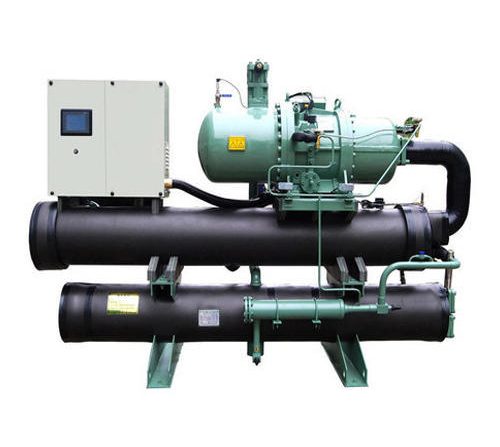


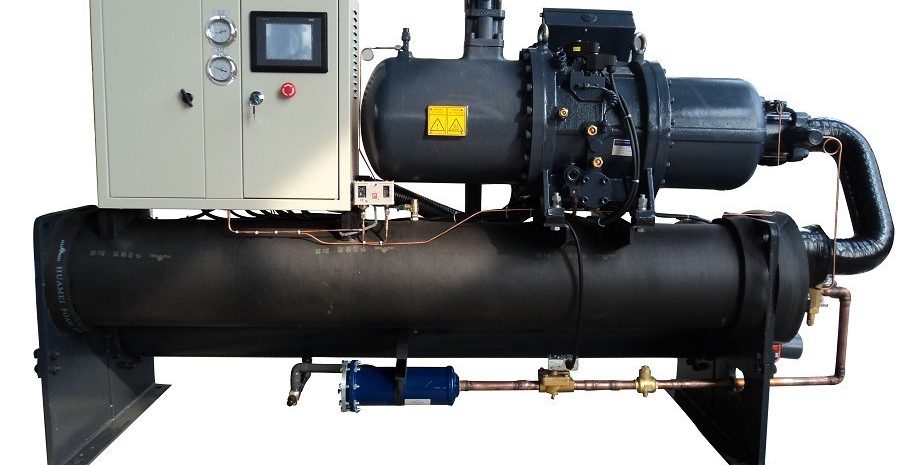
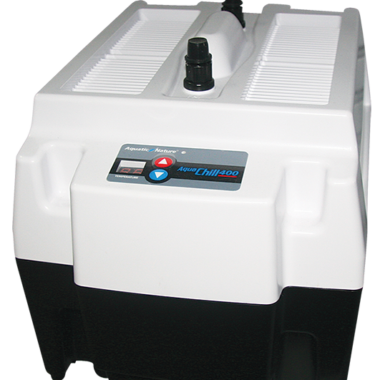
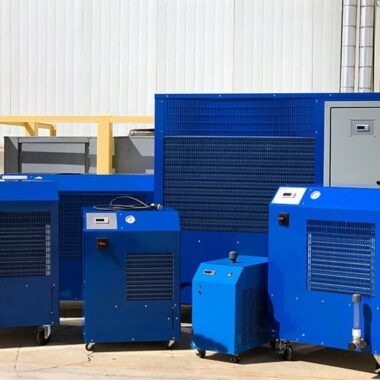
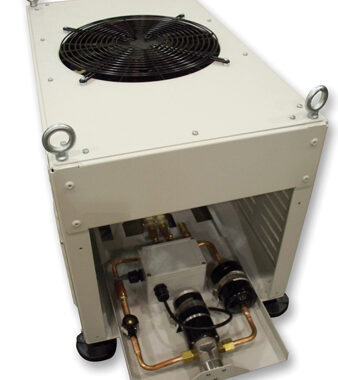

Pharmaceutical Chiller - Cool Fab Equipments May 18, 2024 at 10:17 am
[…] Pharmaceutical chiller are specialized cooling systems outlined to meet the rigid necessities of pharmaceutical fabricating forms and capacity applications. Here are a few key features and applications of pharmaceutical chillers: […]
Laser Chiller System - Cool Fab Equipments June 06, 2024 at 7:53 pm
[…] laser chiller system may be a vital component in laser innovation, outlined to preserve exact working temperatures for […]